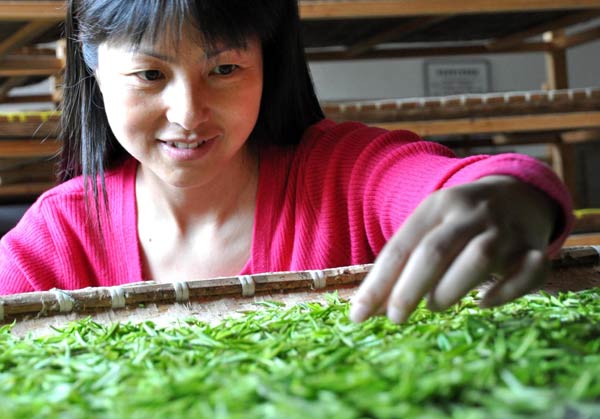Chinese tea takes on global market
Updated: 2015-03-02 08:00
By MU CHEN(China Daily)
|
||||||||
Overseas customers are more receptive to mass-produced, standardized tastes
A new beer made with Chinese tea in Syracuse, New York, points to new opportunities for Chinese high-end teas as interest grows abroad despite disappointing 2014 export figures.In early February, Empire Brewing Co started brewing the unique tasting Two Dragons beer with Jingwei Fu tea, a type of fermented tea produced in Shaanxi province.
"The beer is getting rave reviews in Syracuse," David Katleski, owner of Empire Brewing Co, says, "and we intend to sample Two Dragons throughout New York State over the coming months while refining the taste".
After an initial trial shipment of 12 kilograms of tea, Empire Brewing and Shaanxi Jingwei Fu Tea Co have signed an agreement for a much larger second shipment of tea to make the beer a permanent product.
Ji Xiaoming, president of Jingwei Fu Tea Co and chairman of the Shaanxi Tea Association, says the collaboration was a "breakthrough" as it introduced Chinese tea to a completely new consumer base.
Although the Empire Brewing contract only accounts for a fraction of its annual tea production of 2,800 metric tons, Jingwei Fu is now exploring selling their branded teas in the US market at a time when traditional wholesale tea exports are facing structural difficulties.
Last year, Chinese tea exports plunged 7.5 percent year-on-year to 302,500 tons, according to the Chinese Chamber of Commerce of Foodstuffs and Native Produce. However, the value of tea exports experienced moderate growth of 2.1 percent to reach $1.27 billion.
"With rising production costs in China and competition that is likely to intensify, Chinese tea producers have to find new strategies to boost Chinese brands and their sales on the global stage," says Ji.
The vast majority of Chinese tea exports are sold at wholesale prices as raw materials used for blending. In 2014, over 80 percent of exports were lowgrade green tea, with Africa, Europe and Russia being the main markets.
Wang Jianrong, director of China National Tea Museum, says international interest in Chinese tea is generally on the up but low profitability has hindered Chinese tea exports.
- Legislative, advisory assemblies clean house
- Reserves expanded to protect panda's habitats
- Sport chiefs to press ahead with soccer reforms
- Visitors enjoy cherry blossom in a park in SW China's Yunnan
- Death toll rises to 9 in Shenzhen airport car accident
- Reporters receive accreditation for 'two sessions'
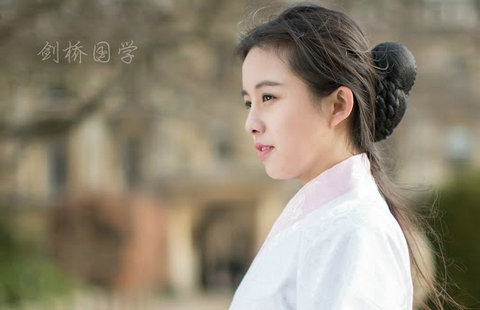
 Han-style Chinese beauties at Cambridge
Han-style Chinese beauties at Cambridge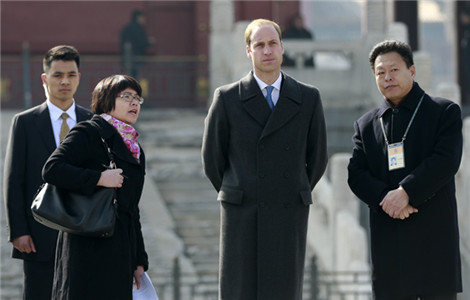
 Prince William visits Forbidden City
Prince William visits Forbidden City
 Aerial views of plum blossoms as beautiful as oil paintings
Aerial views of plum blossoms as beautiful as oil paintings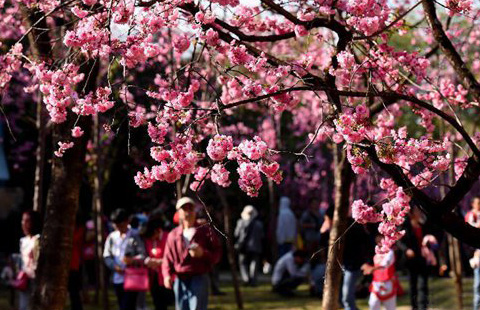
 Visitors enjoy cherry blossom in a park in SW China's Yunnan
Visitors enjoy cherry blossom in a park in SW China's Yunnan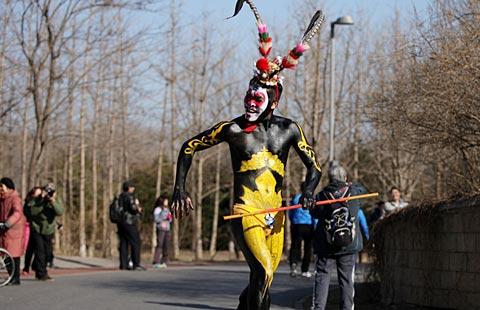
 Monkey king, angel and superwoman at Beijing's 'naked run' race
Monkey king, angel and superwoman at Beijing's 'naked run' race
 Red-crowned cranes in Yancheng
Red-crowned cranes in Yancheng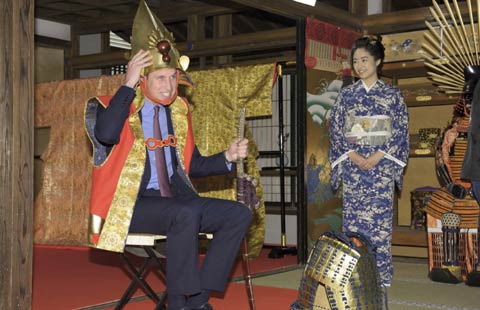
 Prince William evokes Diana memories on Japan tsunami trip
Prince William evokes Diana memories on Japan tsunami trip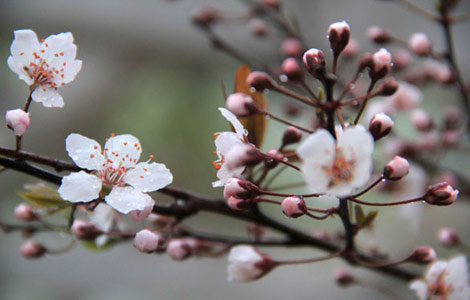
 Best times to view spring flowers in Beijing
Best times to view spring flowers in Beijing
Most Viewed
Editor's Picks

|

|

|

|

|

|
Today's Top News
US policy focused on Asia: official
China more proactive at UN
Cooperation potential called 'limitless'
Homeland Security funding drama darkens US fiscal outlook
17th Apple retail store in Chinese mainland opens in Shenyang
PBOC cuts rates to ease business financing
Former celebrity TV anchor on crusade against pollution
China ends UN council presidency
US Weekly

|

|
